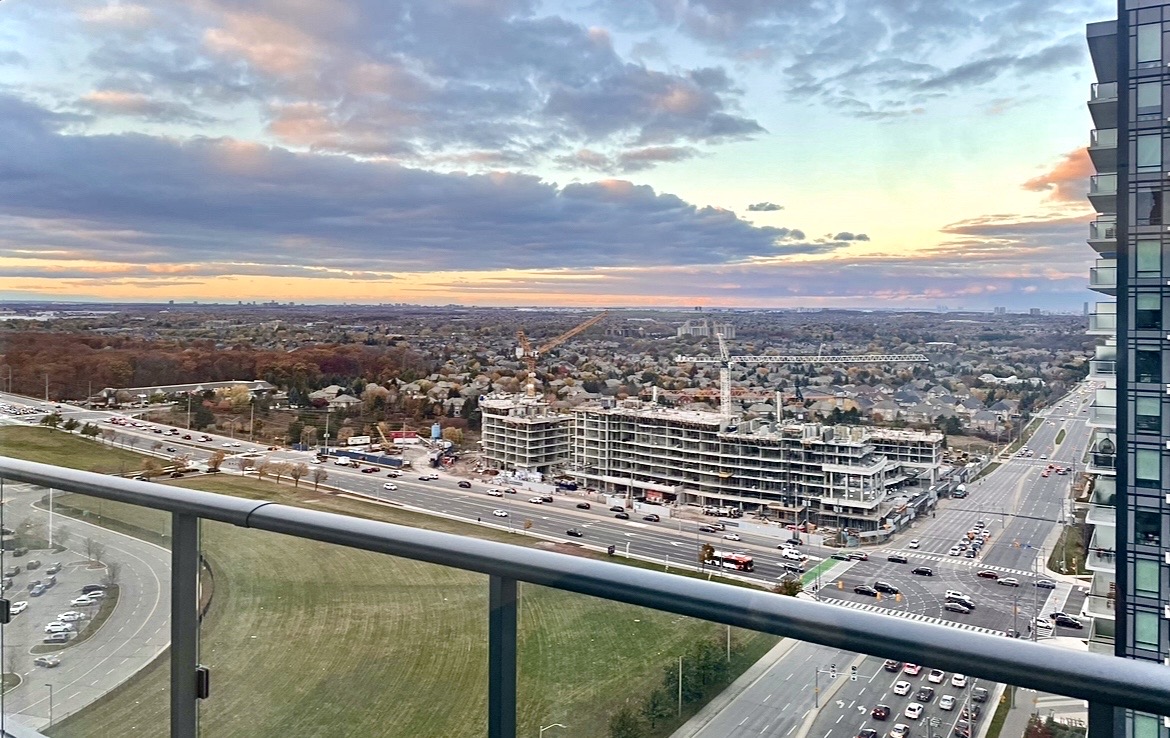“Smell of jasmine, pool of blue jacaranda”: A personification of Los Angeles
I’ve never been to Los Angeles. Everything I think I know about L.A. stems from music about its warm romance and literature about its jacaranda branches and pepper tree-lined streets. I’ve never been to L.A., but I have a rich simulacrum of it.
In the realm of literature, place writing confronts a challenging task—combining location with story to emerge a breathing, personified place. Writers like Eve Babitz and Joan Didion approach this challenge with ease.
At the beginning of her 1977 collection of essays, Slow Days, Fast Company: The World, the Flesh, and L.A., Babitz writes, “People nowadays get upset at the idea of being in love with a city, especially Los Angeles. People think you should be in love with other people or your work or justice. I’ve been in love with people and ideas in several cities and learned that the lovers I’ve loved and the ideas I’ve embraced depended on where I was, how cold it was, and what I had to do to be able to stand it. It’s very easy to stand L.A.”
Through her vivid imagery and glamorous storytelling, Babitz breathes life into L.A., effectively designating place as the element most conducive to other critical things—like love. Babitz emphasizes a beautified L.A. in her passages, reporting from deep within its confines to create the stories she does.
Ancient philosophies on aesthetics designate beauty as the origin of delight, love, pleasure, and wonderment. Irish philosopher Edmund Burke noted that a critical component of beauty is an evocation of love or a similar such passion. Babitz’s writing establishes her place—L.A.—as beautiful and thus conducive to intrigue.
Didion’s writing on L.A. is far less forgiving: she injects a sombre pessimism into her narrative journalism and historical fiction, illuminating shrouded bleak realities like the drug-hazed teenagers or the fading countercultures. But she similarly draws on L.A. as a place worthy of salvation. She, like Babitz, offers evocative and lucid imagery that appeals to readers’ senses and draws them in, thus producing the need to examine its contrastingly ugly tendencies.
In her 1996 novel, The Last Thing He Wanted, Didion frequently refers to the “smell of jasmine and the pool of blue jacaranda petals,” as common symbols of L.A., which Babitz also draws upon. The effect is the insistence of an essence unique to L.A. that reminds readers of its importance, even while following an ostensibly unrelated narrative.
At the heart of both writers’ stories is the personification of place, the insistence upon geography as wholly relevant and tethered to people and ideas. Whether it’s subtle or overt or fun or serious, both Babitz and Didion rely on place and setting as fundamental to their art.

